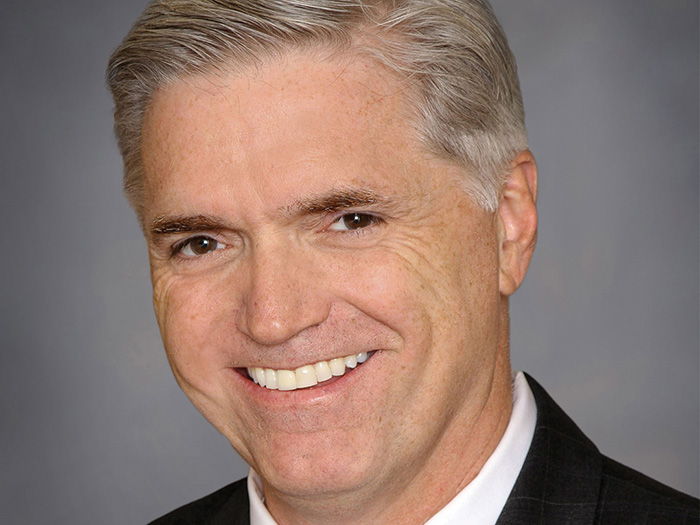Why Insurance’s Battle Against Climate Perils Is Moving from Prediction to Prevention

Recent wildfires and other severe weather events are constant reminders of why insurance and risk management professionals should embrace Predict & Prevent.
This requires not only expanding available technology and solutions but also fostering a collaborative and proactive approach to protect property from devastating losses.
Technological advancements allow insurers and their partners to predict the likelihood of severe events and provide early warnings to customers. Sensors, aerial imagery, predictive models and AI analysis of data can deliver more timely alerts that enable individuals and businesses to safeguard their assets and evacuate from harm’s way. Beyond prediction, insurers must prioritize resilience and adaptation strategies to strengthen businesses, homes, and communities against the onslaught of severe weather.
The stakes are high for insurers, as the U.S. property and casualty insurance sector incurred a $21.2 billion underwriting loss last year. That result was driven by $65 billion in catastrophe losses from multiple severe weather events. The escalating frequency of weather/ climate disasters — 28 in 2023 alone, each causing at least $1 billion in damage — highlights a stark reality. Secondary perils, such as severe storms, floods and wildfires, increasingly are assuming a primary role in driving future losses.
The Smokehouse Creek Fire, which burned more than 1 million acres in the Texas panhandle earlier this year, exemplifies this trend. Moreover, the culpability of electrical utilities in igniting some of the worst wildfires, exemplified by a power company’s acknowledgment of sparking the Texas fire, underscores the urgency for preventative measures.
These wildfires not only can entail significant property insurance losses but also pose substantial liability risks for utility companies. The litany of devastating fires linked to utility companies, from the 2018 Camp Fire in California to last year’s Maui wildfire, underscores the imperative for decisive action.
Electric utilities must better manage this risk and invest in technologies capable of preempting grid malfunctions that can trigger such catastrophes. Insurers can help these commercial customers, just as they can help personal lines customers.
Bob Marshall, CEO of Whisker Labs, emphasizes the pivotal role of data to understand and mitigate vulnerabilities to electric grids. Retroactive analysis of data from Whisker Labs’ Ting grid monitoring sensors revealed a sharp increase in grid stress preceding the Smokehouse Creek Fire and similar data from its sensors pointed to problems in advance of 2023’s wildfire in Lahaina.
“Utilities must leverage available data to better understand the operation of their grids, the resilience of their grids, and to help predict and prevent such catastrophes,” Marshall said in a recent interview.
While insurance provides a financial safety net during crises, helping customers to recover from loss, an equally noble purpose lies in proactively predicting and preventing losses, especially where the root cause is discernible. Insurers and stakeholders must rally behind Predict & Prevent initiatives, fortifying our collective resilience against climate risks. &










